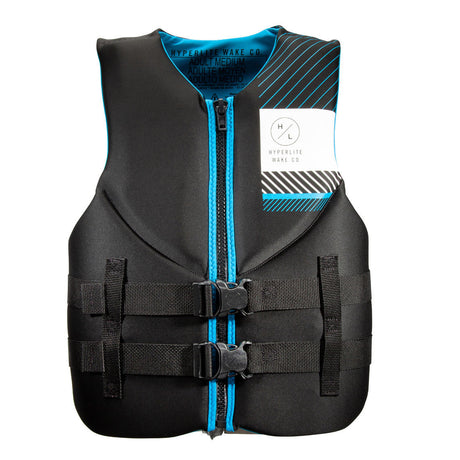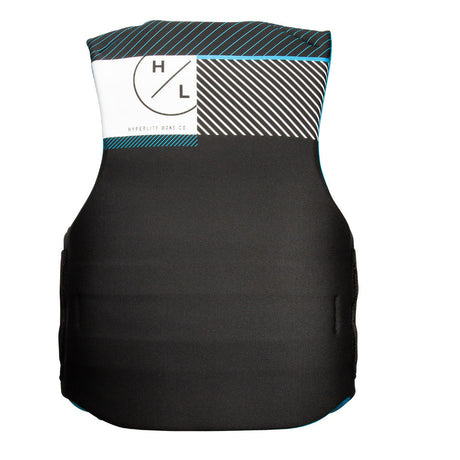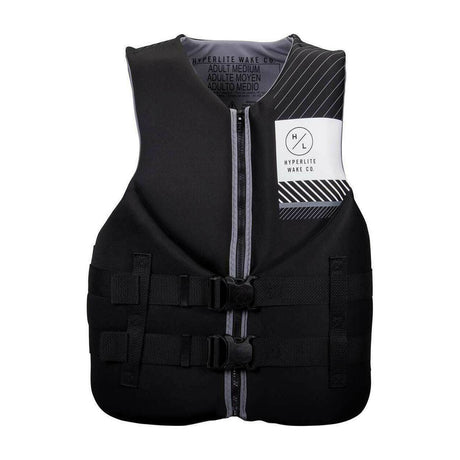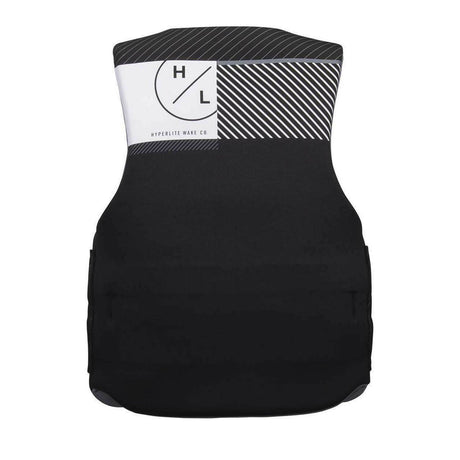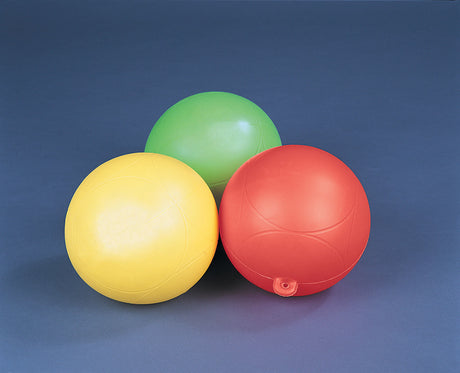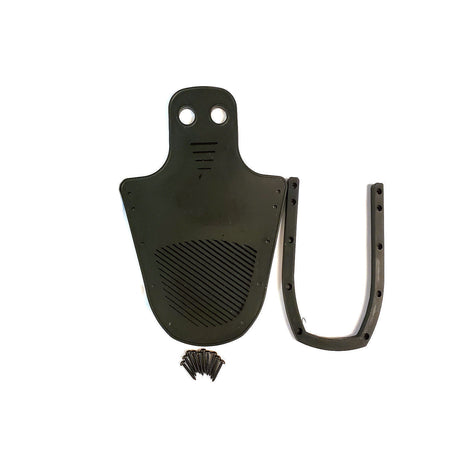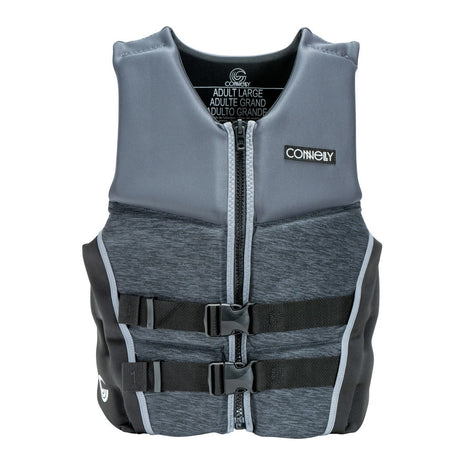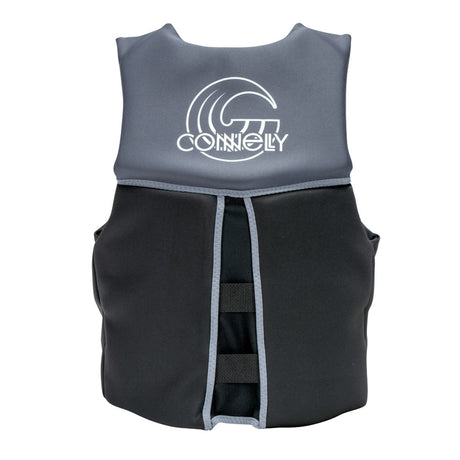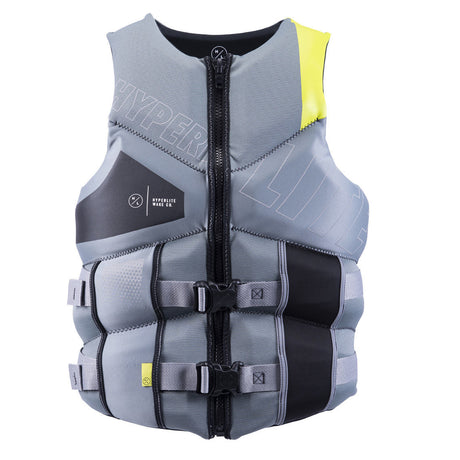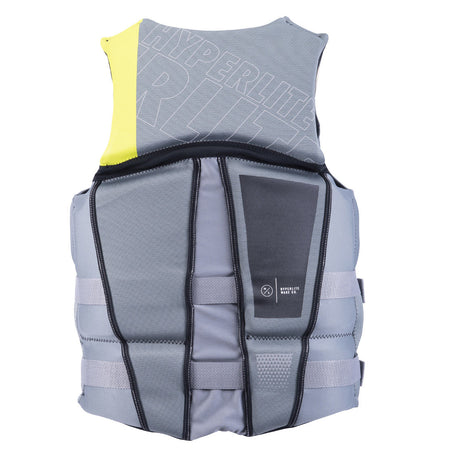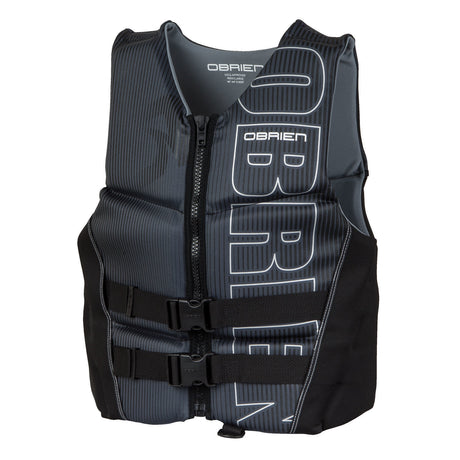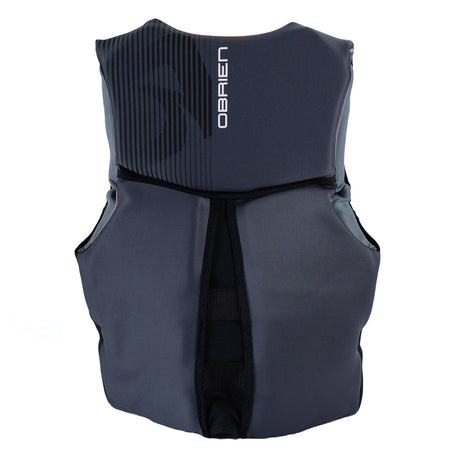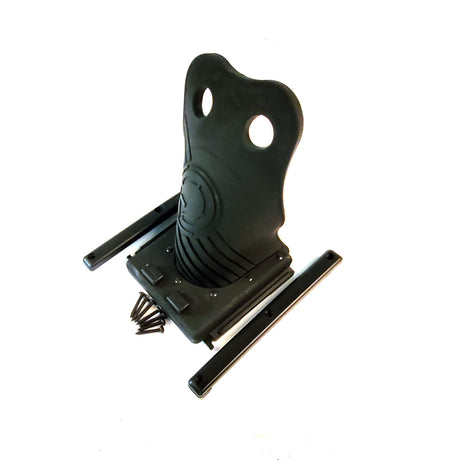Ripping across the lake towed atop a boat tube is arguably one of the best ways to enjoy your time on the water. But at speeds of 25 MPH or more, boat tubes, tow ropes, and the hull of your boat experience strong forces that could be damaging, if not dangerous. Here's how to properly tow a boat tube.
Invest in a Tubing Pylon or Tow Hitch
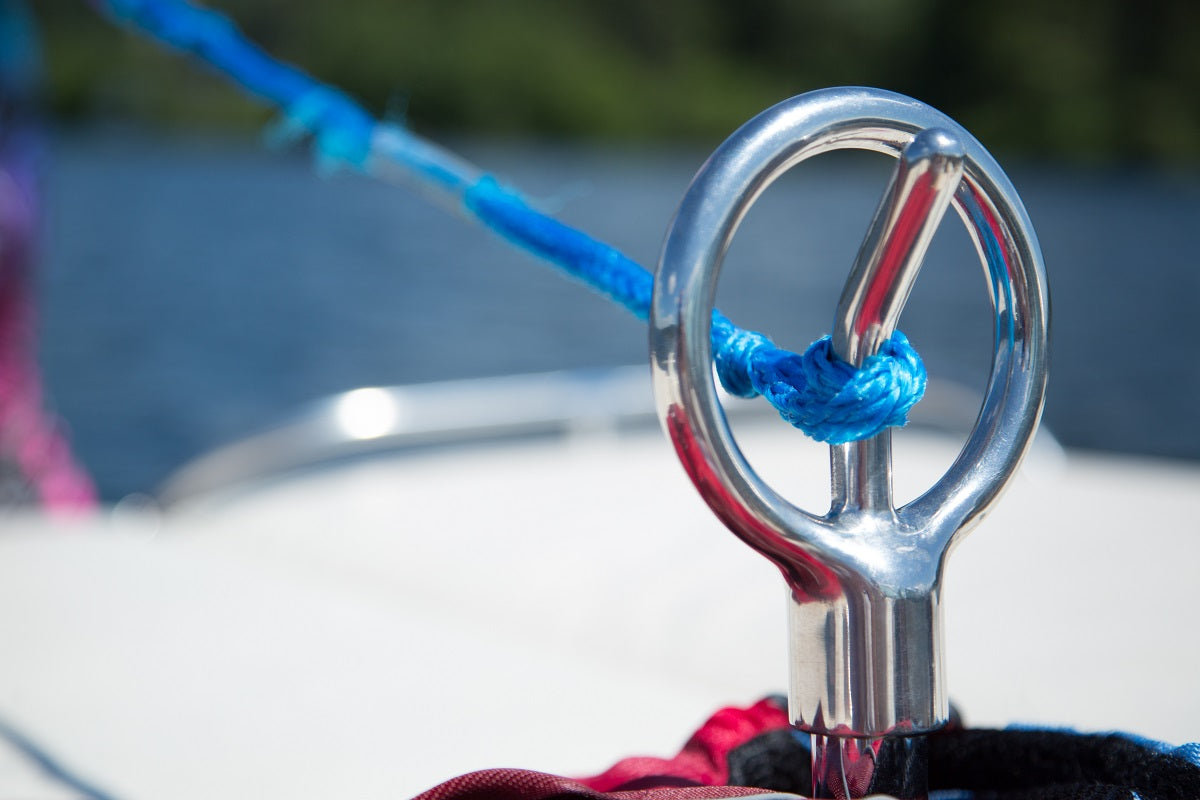
Between the weight of your riders, the tension of the tow rope, and the drag experienced in the water, your boat's hull is subjected to hundreds of pounds of force when towing any inflatable tube.

Accommodating all that towed weight properly is essential for ensuring you don't damage your boat's propeller or hull. A proper pylon (like the Fly High X-Pole Extended Pylon) is the best way to tow a tube or any other towed skis, boards, or watercraft.
The tow pylon is a simple structure: It's just a stainless steel pole anchored to the hull via at least three points of contact, dispersing the towed weight. Pylons also provide some important benefits, like:
- Keeping the tow rope out of the water and away from props
- Reducing drag and improving turns by angling the rope upward
- Providing a tow point for water skiing and wakeboarding, too
"Can I tow a tube with transom eyes?"
The short answer is yes. Transom eyes or tie-downs provide plenty of strength for towing an inflatable tube, and plenty of boaters often use these as anchor points for tow ropes.
But this isn't ideal. Most transom eyes and tie-downs sit relatively low on the hull, which allows the tow rope to catch in your wake. Because the tow rope is parallel to the water when fastened to the transom, drag is increased and turns won't be as smooth. When the rope is slack and resting in the water, it can get caught on props.
Don't Tow a Tube Using Cleats
The cleats on your hull are only rated for securing your boat dockside. They're not designed to withstand the force of towing inflatable tubes and other watercraft. If you tow using a cleat, you risk ripping it from the hull, causing damage and potentially serious injury to any passengers aboard.
Don't Tow With a Wakeboard Tower, Either
Wakeboard towers may technically be able to withstand the force of towing a tube, but their height -- and the angle of the tow rope -- is not suitable for tubing. The acute upward angle of the rope may cause the tube to bounce across the top of the water. At high speed, this could even cause the tube to become airborne.
Get a Quality Tube Tow Rope

Investing in a quality tow rope is important for safety and performance. Tubing tow ropes measure about 60 feet, on average, and they're rated to withstand thousands of pounds force -- like this Proline 2-person Tube Rope -- to ensure they can withstand the force of drag in the water, and the weight of multiple riders.
Tubing tow ropes have just a bit of stretch, to reduce the initial shock of acceleration that places the rope under tension. Tow ropes are usually made from woven polyethylene, which is buoyant, waterproof, and resistant to degradation from moisture and sunlight.
Buy a Real Boat Tube

Lashing some tow line to an inflatable pool donut simply won't cut it. Recreational "floaties" are not able to withstand the force of towing, and they'll likely deflate almost immediately -- if the force of the tow rope you rigged to it doesn't destroy the inflatable, first.

Boat tubes (like this Connelly Triple Play Tube) are made from reinforced PVC and often feature individual, inflatable bladders tucked inside an exterior shell to further strengthen the tube.
Boat tubes also have proper anchor points stitched to the shell. These are typically woven from heavy-duty Cordura or ballistic nylon, and they feature plastic clips or anchors with rounded tips to reduce the risk of rider injury.
Always Wear Life Jackets When Tubing

All towed tube riders -- especially youth riders -- should wear life jackets. This holds true even for experience swimmers: Towed tubes have knocked riders unconscious, which dramatically increases the risk of drowning.
Because towed tube riders often find themselves in open, deep water, is it not advisable to wear a non-CGA comp vest. These vests do not provide adequate rescue flotation if a rider becomes incapacitated.
Now that you're learned on the do's and dont's of boat tubing, check out our collection of towed tubes!


